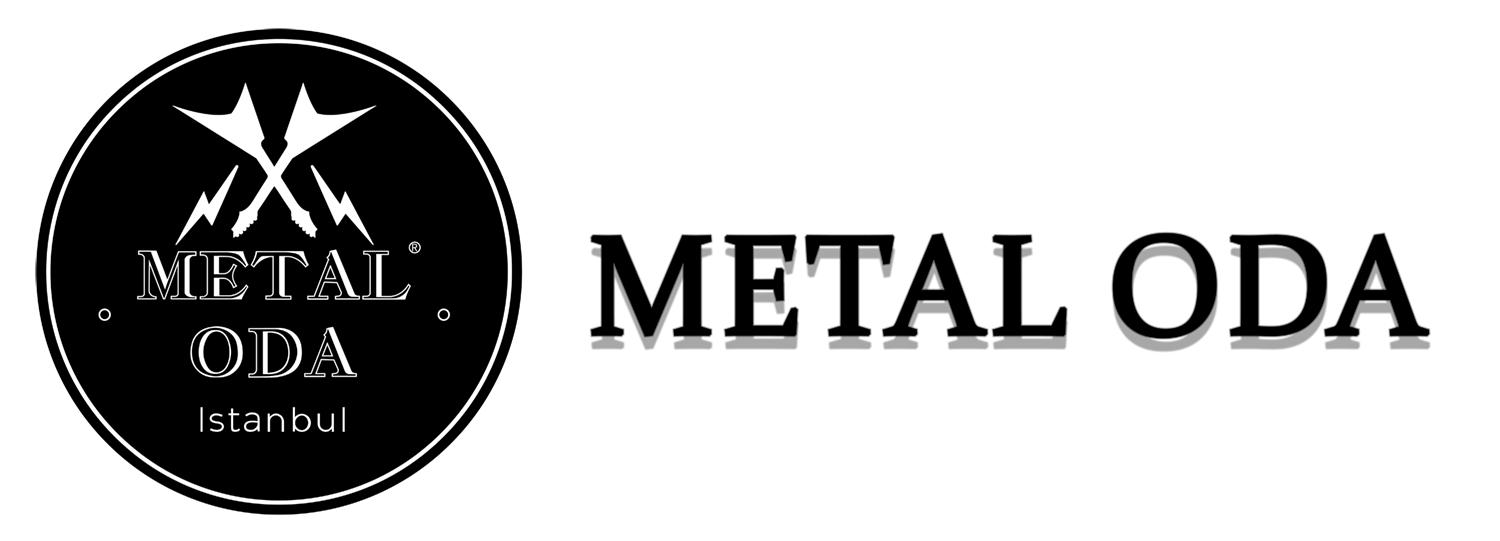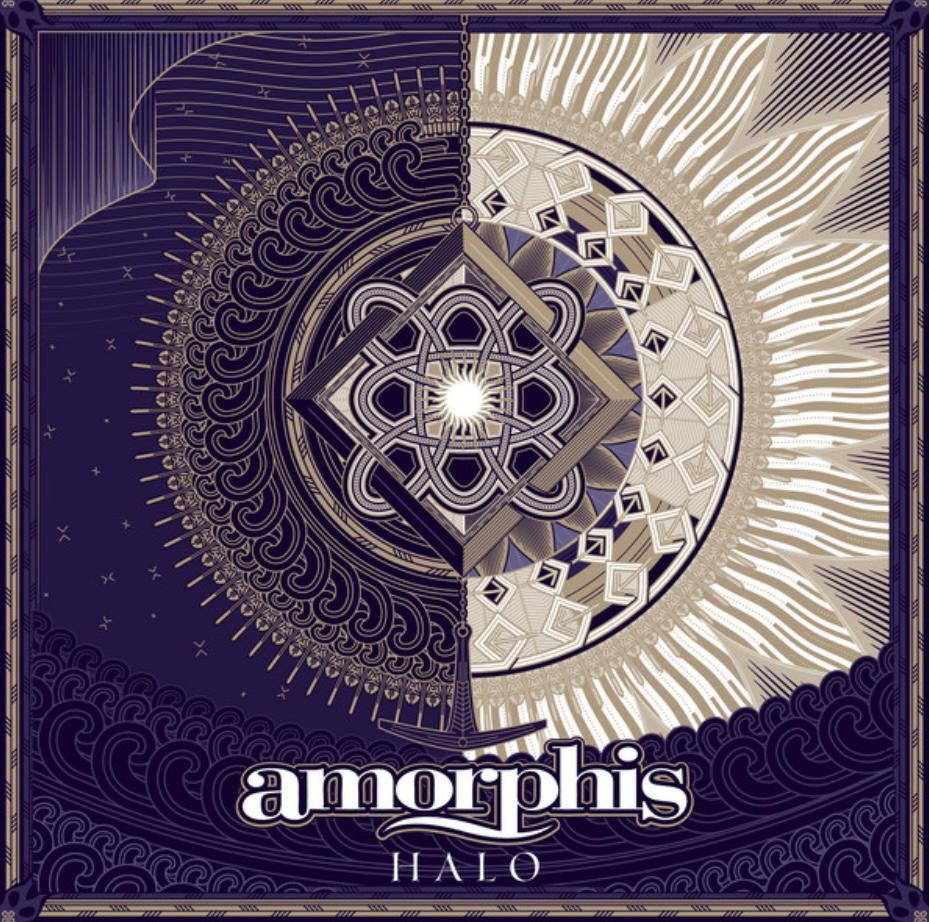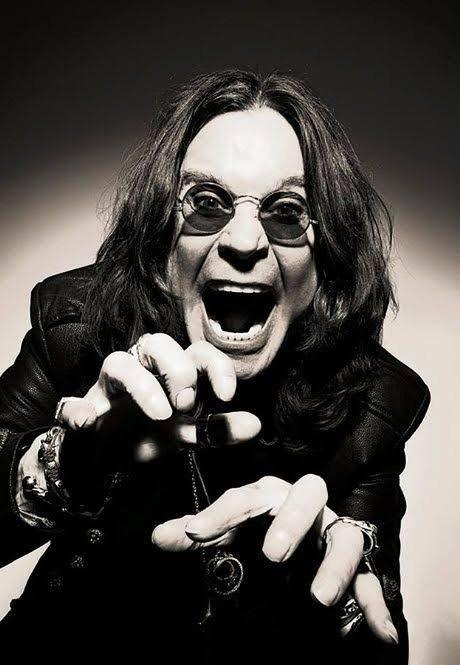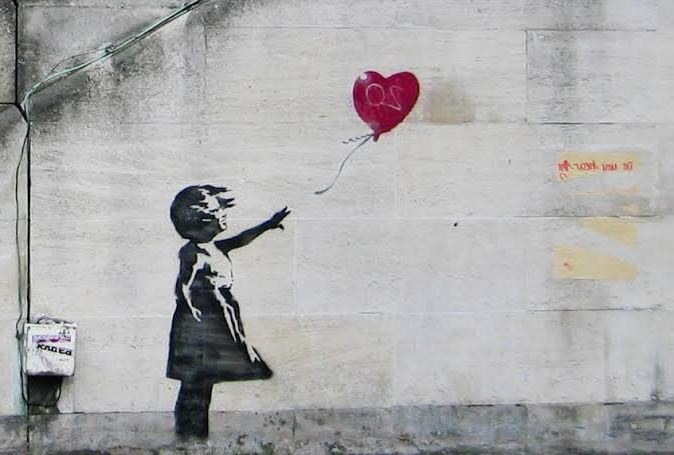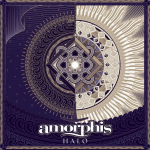Amorphis, the melodic death metal masters from Finland, released their new album HALO in February 2022. As I was suffering from Covid-19 in February, the issue of this article was postponed to March. Like the previous albums of the band “Tales from the Thousand Lakes”(1994), “Tuonela”(1999) and the “Skyforger” (2009) HALO is about the Kalevala, the Finnish mythological epic. HALO topped the Finnish metal charts as soon as it was released in February. Now it is the right time to take a closer look at this spectacular album.
The opening track from the album Northwards tells the tale of the hero from the epic, Väinämöinen and his journey to the North and presents the main melody of the song in its high-paced intro, associating it with the hero just like a leitmotiv. Decorated with hyper-melodic guitar and synth solos and dramatically enriched with the addition of the choir which supports the epic athmosphere of Northwards, we move seamlessly in tone to On the Dark Waters, narrating the journey of Väinämöinen to the Finnish Underworld or Hell. Väinämöinen who holds the magical powers of music and poetry just like Orpheus from the Greek mythology, can masterfully play the kantele (a string instrument like our kanun in traditional Turkish music) and bewitch the animals through his music. Väinämöinen arrives at Tuonela, or Hell, believed to exist in the northernmost point of the world: the mortals come to Tuonela to seek the wisdom of the dead. In the middle of Tuonela flows the river Tuoni with its dark, rapid and dangerous waters: just like the river Styx from the Greek mythology, the Tuoni river separates the realms of the dead and the living. The Hades of the Finnish mythology Tuoni rules the kingdom of Tuonela. On the Dark Waters, with its highly melodic intro, describes a ship of bone, sailing in these dark waters without oars or sails: as devoted readers of Metal Oda would remember, we have covered very much in detail this subject of demonic ships in the article Iron Maiden and The Rime of the Ancient Mariner by Metal Oda: from the Flying Dutchman to Samuel Taylor Coleridge, these cursed or ghost ships exist in different forms of art, from music to poetry and to cinematography. Let’s go back to the music and draw the attention of the reader to the contrasting vocals by Tomi Joutsen: Joutsen makes perfect transitions between brutal and clean vocals in the narrative, verse and chorus sections of the songs and thus contributes to the unique signature sound of Amorphis. Let’s take a closer look at the lyrics of On Dark Waters:
No trail left behind its aft
No oars there were to be seen
No sail hoisted on its mast
Who did sail that boat of bone?
A ship of bone rose and called the dead about its deck
These lines reminded me about the ship from The Rime of the Ancient Mariner by Taylor Coleridge: the ghost ship carrying Life-in-Death, sailing with no wind, no sails and no crew.
Other lines catching my eye from the song:
They were born to a life of tears,
In the light of a forgotton sun.
Built on the roots of classical hard rock and heavy metal and rising solidly on the top of these structures with progressive richness and folkloric elements, the melodic death metal is my favorite subgenre of death metal: and it might very well be the reason why we sometimes find the taste of leading rock bands such as Journey and Asia in the syntwork of Amorphis. HALO, another strong outcome of the pandemic, is the 14th studio album by Amorphis and marks 30 years from their first album The Karelian Isthmus. It is also the third release from the Under the Red Cloud/ Queen of Time/Halo Trilogy.

The Moon, with its melodic and catchy structure and its black and white videoclip is again about the journey to the North: the old and wise Väinämöinen who looks like Gandalf from my beloved Lord of The Rings by Tolkien travels with his loyal friend, the horse. Speaking of travels, here it would be appropriate to talk about Elias Lönnrot (1802-1884), poet and linguist, who took countless field trips for about 15 years in search of the Finnish folk songs and poems which will later become the epic of Kalevala. Elias Lönnrot collected the Kalevala line by line, recording this oral tradition transferred from generation to generation through folk songs and poems. Today, we don’t know how much Lönnrot directly contributed to the lines of the Kalevala. The Kalevala epic triggered the rise of the nationalistic movement in Finland and inspired the work of one of the most important composers of classical music, Jean Sibelius (1865-1957). His music is often credited for having helped Finland to develop a national identity during its struggle for independance from Russia in 1917. Here let’s remember his famous tone poems “ Finlandia” and “The Swan of Tuonela”: tone poems or symphonic poems are pieces of orchestral music evoking the content of a poem, short story, painting or a landscape. In his “Finlandia” we remark his love for his country and in “The Swan of Tuonela” we see the nationalist effects of the Kalevala epic. For those who don’t know the “The Swan of Tuonela”, I suggest you listen to this wonderful tone poem by the Finnish composer Jean Sibelius, available in Metal Oda Selections-Spotify at the bottom of the page.

The black swan from Hell glides gracefully on the Tuonela river, singing death spells: black, magical and obsessed with death, the Swan of Tuenola is no doubt a metalhead. “The Swan of Tuonela” in A Minor, hyper-dark and truly my taste, is from the Lemminkäinen Suite by Jean Sibelius. If you listen too much, you might find yourself dragged in the dark waters of the Tuoni river…The instrument of cor anglais from the tone poem is the voice of the swan and is one of the most famous solos written for this instrument in classical music. Lemminkäinen, another hero from the Kalevala, comes to Tuonela to slay the mystical swan but drowns in the river and is killed. Lemminkäinen’s mother, possessing a magical comb informing her about the death of his son, arrives to the realm of the dead to rescue him. She collects the body parts of his son from the river of Tuoni, sews them together and with the help of the Gods, Lemminkäinen is restored to life. At this exact point, I cannot help myself but think about the swan, watching this scene with an evil grin on its face. The black swan is wicked by nature: we also see the embodiment of this wickedness in the character of Odile, the daughter of the evil sorcerer Rothbart in the famous “Swan Lake” ballet by Pyotr Ilyich Tchaikovsky. For those who are curious to know, I drop here the painting Lemminkäinen’s Mother by Finnish painter Akseli Gallen-Kallela, a romantic nationalist painting dating from the 1897.

The Kalevala epic has had many influences on art and literature: one good example is the Silmarillon by my beloved JRR Tolkien, author of the Lord of the Rings which I believe is the greatest fairytale ever written. The character of Tom Bombadil from the LOTR bears many similar traits to Kalevala’s Väinämöinen. The protagonist of the LOTR Frodo also journeys to the Hell of the Middle-Earth, to Mordor. I must also add that Finnish and Turkish, belonging to the Ural-Altaic family of languages, bear a distant linguistic affinity: Finnish is from the Uralic and Turkish from the Altaic branch of this family of languages and both languages are pronounced as they are written (phonetically consistent). I believe that the probability of having the same roots in language thousand years ago further unites the Finnish and Turkish people. Speaking of the Kalevala, one must also remember to mention all those important Finnish metal bands using this epic in their lyrics and music such as Turisas, Ensiferum, Amberian Dawn and Sentenced.
I also have a few songs to talk about from HALO: Windmane in my opinion, speaks about Väinämöinen’s loyal horse (its speed the sister of storm and wind), making us visualize the galloping journey to the North with its high-paced synth and guitar solos and A New Land, also about the voyage to the North, to the realm of the dead: “We wandered through strange lands, travelling ever northwards.”
Without forgetting that both Väinämöinen and Lemminkäinen are shamans, we see lots of hints from the shamanic philosophy in the lyrics of HALO about the perfect harmony and balance of nature and mankind’s admiration and fear in its presence. Shamanic power animals parade through the lyrics, each one a different symbol of wisdom: the bear, the wolf, the eagle, the raven, the dragonfly and the deer. My favorite lyrics are “the honeyed paws of bears” and the raven pecking the eyes of the skull:
Come to me my spirit bird
Pull the hair out from my head
Peck the eyes from shiny skull
Tear the tongue from my mouth. (The War)
These lyrics truly reflect the whole philosophy behind death metal.
The last song from the album is My Name is Night, uniting Tomi Joutsen and Paatos’ Petronella Nettermalm in a sentimental duet with a symphonic touch. This track puts together, concludes and closes HALO: as the sun is setting, our hero’s journey ends for the day. He puts aside his sword, bow and arrow and lays on the red earth. His sword is broken, his tale is burnt to cinder and carried away with the wind. His name is night, his journey to Tuonela has become legend, sung in folk tunes.
My name is night,
My sword has been bent and broken
My story is burned to cinder
My life’s been sung away.
As you might have noticed from my detailed review, I truly loved the HALO by Amorphis, despite the fact that when listening from the beginning to the end without interruption, the tracks leave you with a similar taste in melody and structure starting with When The Gods Came. This doesn’t change the fact that Amorphis is truly one of the biggest bands in the genre with its unique and solid sound and I believe that HALO will be one of the most remarkable metal releases of 2022 both lyric and musicwise.
@metaloda is a registered Trademark.
(c) 2021 Metal Oda. All rights reserved. Quotations without reference is forbidden.
